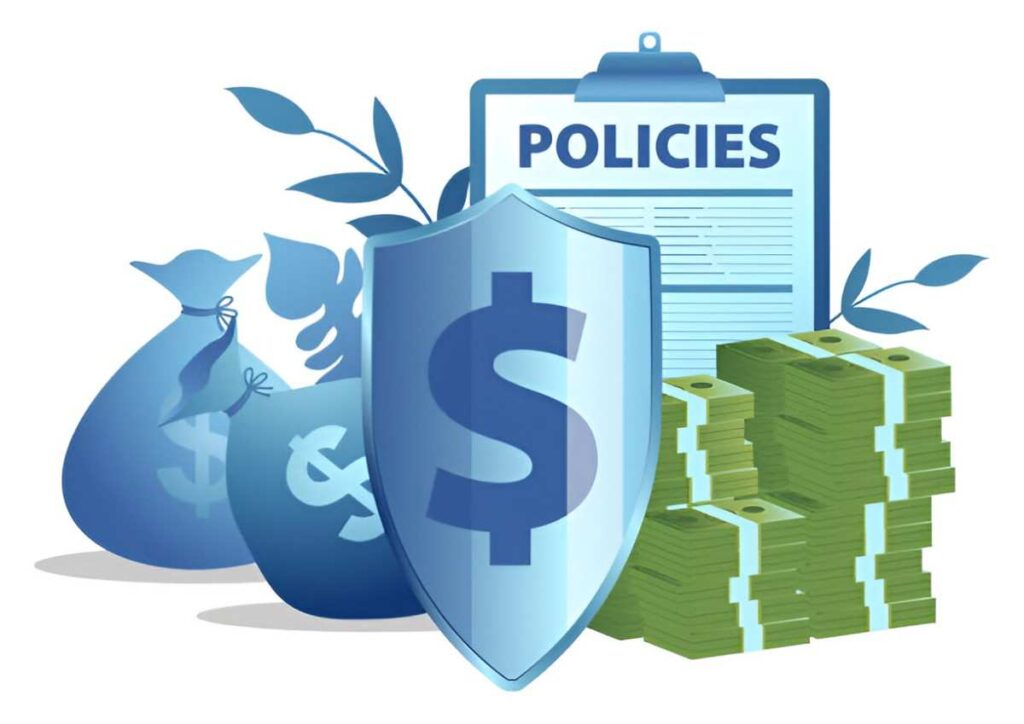As someone deeply immersed in the fields of finance and accounting, I often encounter terms that carry significant legal and financial weight. One such term is ultra vires, a Latin phrase meaning “beyond the powers.” In the context of corporate law, ultra vires refers to actions taken by a corporation or its agents that exceed the authority granted to them by their governing documents, such as the articles of incorporation or bylaws. This concept is not just a legal technicality; it has profound implications for corporate governance, financial accountability, and stakeholder trust. In this article, I will explore the meaning of ultra vires, its historical context, its implications in modern corporate finance, and how it impacts businesses and stakeholders in the United States.
Table of Contents
What Does Ultra Vires Mean?
The term ultra vires originates from Latin, where ultra means “beyond” and vires means “powers.” In corporate law, it refers to actions that fall outside the scope of authority granted to a corporation or its officers. These actions can include entering into contracts, making investments, or engaging in activities that are not explicitly permitted by the company’s charter or bylaws.
For example, if a corporation’s articles of incorporation state that its primary purpose is to manufacture and sell electronics, but it decides to invest heavily in real estate without amending its charter, such an action could be deemed ultra vires. This distinction is crucial because it determines the validity of corporate actions and the potential liabilities that may arise from them.
Historical Context of Ultra Vires
The doctrine of ultra vires has its roots in 19th-century English common law. During this period, corporations were granted specific powers through their charters, which were often issued by the state or monarch. Any action outside the scope of these charters was considered invalid. This strict interpretation was intended to protect shareholders and creditors by ensuring that corporations did not engage in risky or unauthorized activities.
In the United States, the doctrine was initially adopted to maintain control over corporate activities. However, over time, the rigidity of the ultra vires doctrine has softened. Modern corporate laws in the U.S. now provide more flexibility, allowing corporations to engage in a broader range of activities unless explicitly restricted by their charters.
Legal Framework in the United States
In the U.S., the ultra vires doctrine is governed by state laws, particularly the Model Business Corporation Act (MBCA), which has been adopted in various forms by most states. Under the MBCA, a corporation has the power to engage in any lawful business unless its articles of incorporation state otherwise. This shift reflects a more permissive approach, emphasizing corporate autonomy and reducing the likelihood of ultra vires claims.
However, the doctrine still plays a role in specific scenarios. For instance, if a corporation engages in an activity that is illegal or contrary to public policy, such actions can still be challenged as ultra vires. Additionally, shareholders or directors may bring a lawsuit to prevent or remedy ultra vires actions, particularly if they harm the corporation or its stakeholders.
Implications of Ultra Vires Actions
The implications of ultra vires actions can be far-reaching, affecting not only the corporation but also its shareholders, creditors, and other stakeholders. Below, I will explore some of the key implications.
1. Invalidity of Contracts
One of the most immediate consequences of an ultra vires action is the potential invalidity of contracts. If a corporation enters into a contract that exceeds its authority, the contract may be deemed unenforceable. This can lead to legal disputes, financial losses, and reputational damage.
For example, suppose Corporation A, whose charter limits its activities to software development, enters into a contract to purchase a chain of restaurants. If the purchase is challenged as ultra vires, the court may rule the contract invalid, leaving both parties in a precarious position.
2. Shareholder Lawsuits
Shareholders have the right to challenge ultra vires actions that they believe harm the corporation or their interests. Such lawsuits can result in injunctions to stop the action or damages to compensate for any losses incurred.
For instance, if a corporation diverts funds from its core business to invest in a speculative venture outside its charter, shareholders may sue to recover the funds and hold the directors accountable.
3. Director and Officer Liability
Directors and officers who authorize or participate in ultra vires actions may face personal liability. This can include fines, penalties, or even removal from their positions. In some cases, they may also be required to reimburse the corporation for any losses resulting from the unauthorized actions.
4. Impact on Creditors
Creditors may also be affected by ultra vires actions. If a corporation enters into a loan agreement for an unauthorized purpose, the creditor may find it difficult to enforce the loan if the action is later deemed ultra vires. This underscores the importance of due diligence for creditors when dealing with corporations.
Mathematical Representation of Financial Implications
To better understand the financial implications of ultra vires actions, let’s consider a hypothetical example. Suppose Corporation B, with a charter limiting its activities to manufacturing, decides to invest I in a real estate venture. If the investment is deemed ultra vires, the corporation may face legal costs L, potential damages D, and a loss of shareholder trust, which could result in a decline in stock price \Delta P.
The total financial impact F can be represented as:
F = I + L + D + (\Delta P \times S)Where S is the number of shares outstanding. This equation highlights the multifaceted financial consequences of ultra vires actions.
Case Study: Ultra Vires in Action
To illustrate the real-world implications of ultra vires, let’s examine a case study involving a U.S.-based corporation.
Case Study: XYZ Corporation
XYZ Corporation, a technology company, had a charter that limited its activities to software development and related services. However, the company’s management decided to diversify into the pharmaceutical industry, investing \$50 million in a drug development project.
When shareholders discovered the investment, they filed a lawsuit, arguing that it was ultra vires. The court ruled in favor of the shareholders, declaring the investment invalid. As a result, XYZ Corporation had to write off the \$50 million investment, pay \$5 million in legal fees, and saw its stock price drop by 15\%.
Using the earlier equation, the total financial impact F was:
F = 50,000,000 + 5,000,000 + (0.15 \times 100,000,000) = \$70,000,000This case underscores the significant financial and legal risks associated with ultra vires actions.
Preventing Ultra Vires Actions
Given the potential consequences, corporations must take proactive steps to prevent ultra vires actions. Below are some best practices:
1. Clear Charter and Bylaws
Corporations should ensure that their charters and bylaws clearly define their purpose and scope of activities. This reduces ambiguity and minimizes the risk of unauthorized actions.
2. Regular Training for Directors and Officers
Directors and officers should receive regular training on corporate governance and the limits of their authority. This helps them make informed decisions and avoid unintentional ultra vires actions.
3. Robust Internal Controls
Implementing strong internal controls, such as approval processes and audits, can help detect and prevent unauthorized actions before they escalate.
4. Legal Review of Contracts
Before entering into significant contracts, corporations should have them reviewed by legal counsel to ensure they fall within the scope of authorized activities.
Conclusion
The doctrine of ultra vires serves as a critical safeguard in corporate law, ensuring that corporations operate within the bounds of their authorized powers. While modern laws have reduced the rigidity of this doctrine, it remains a vital tool for protecting shareholders, creditors, and other stakeholders. By understanding the meaning and implications of ultra vires, corporations can avoid costly legal disputes and maintain the trust of their stakeholders.





